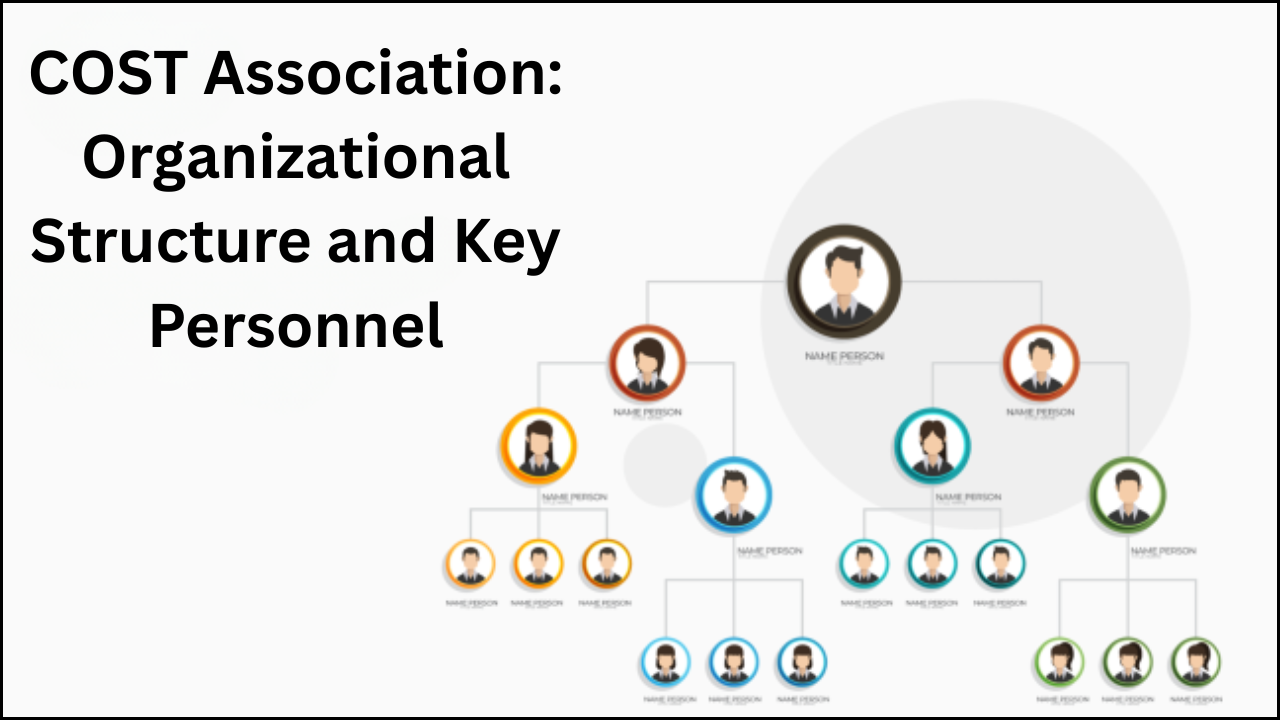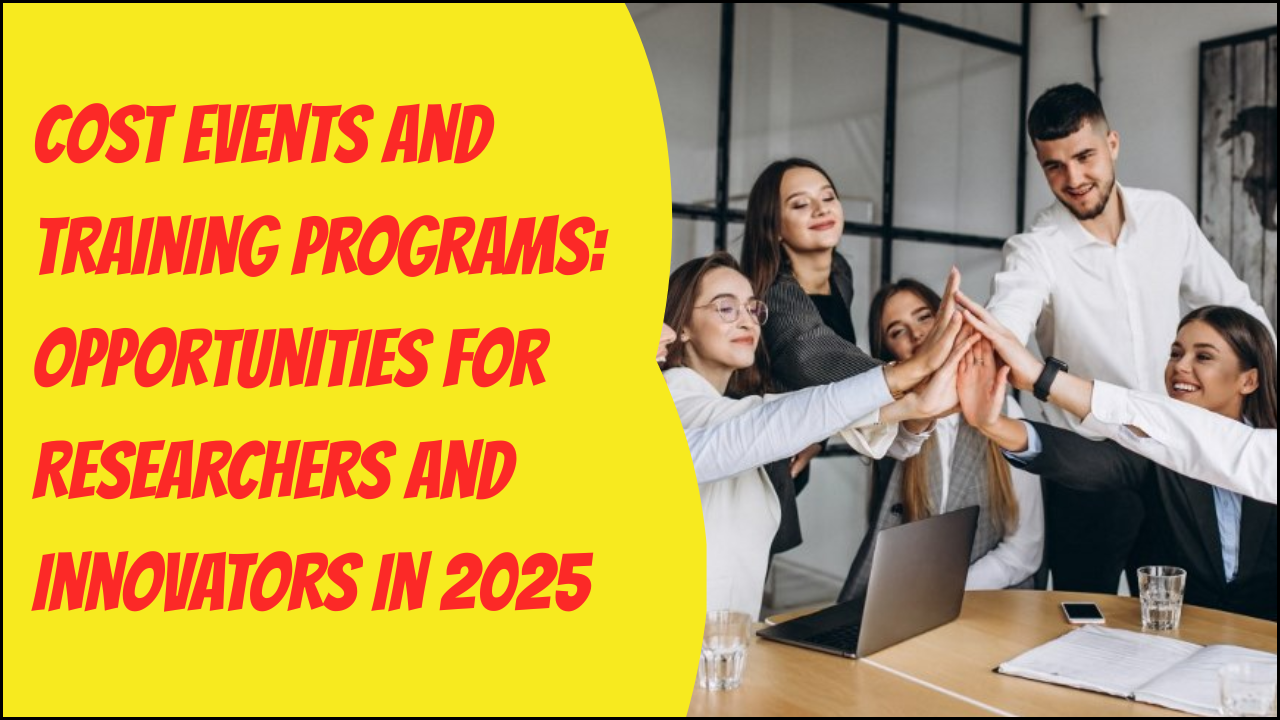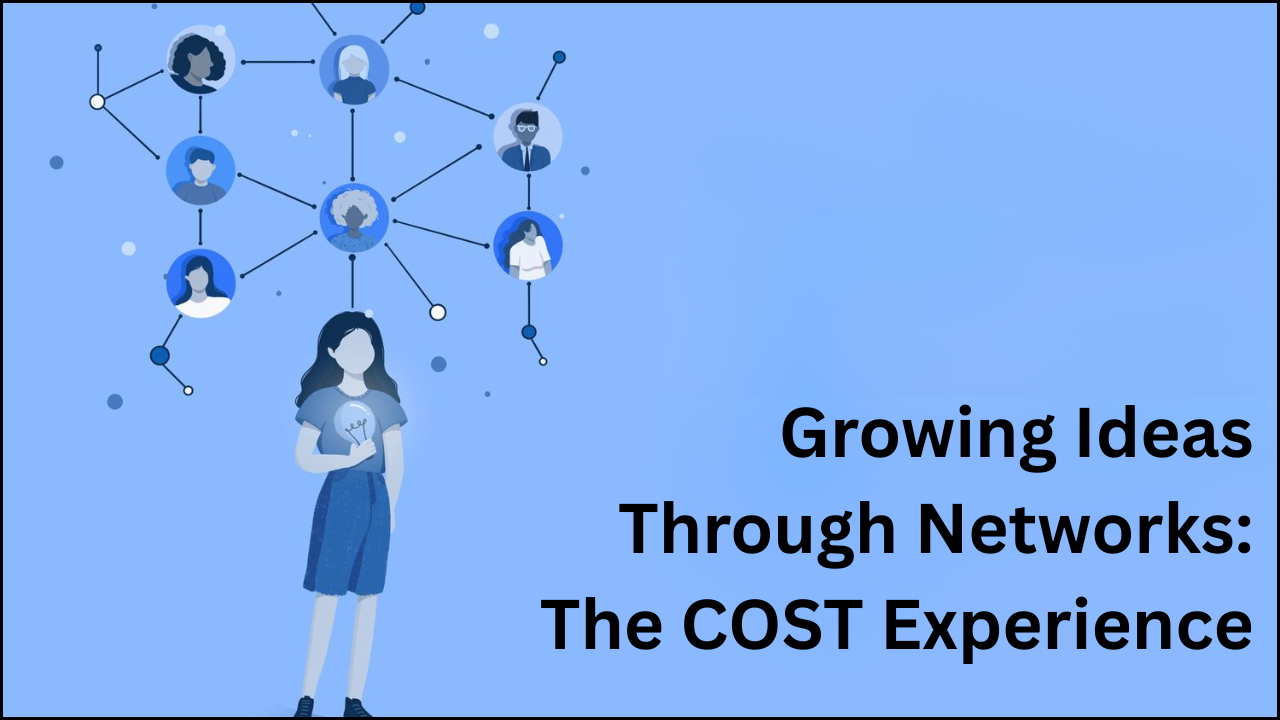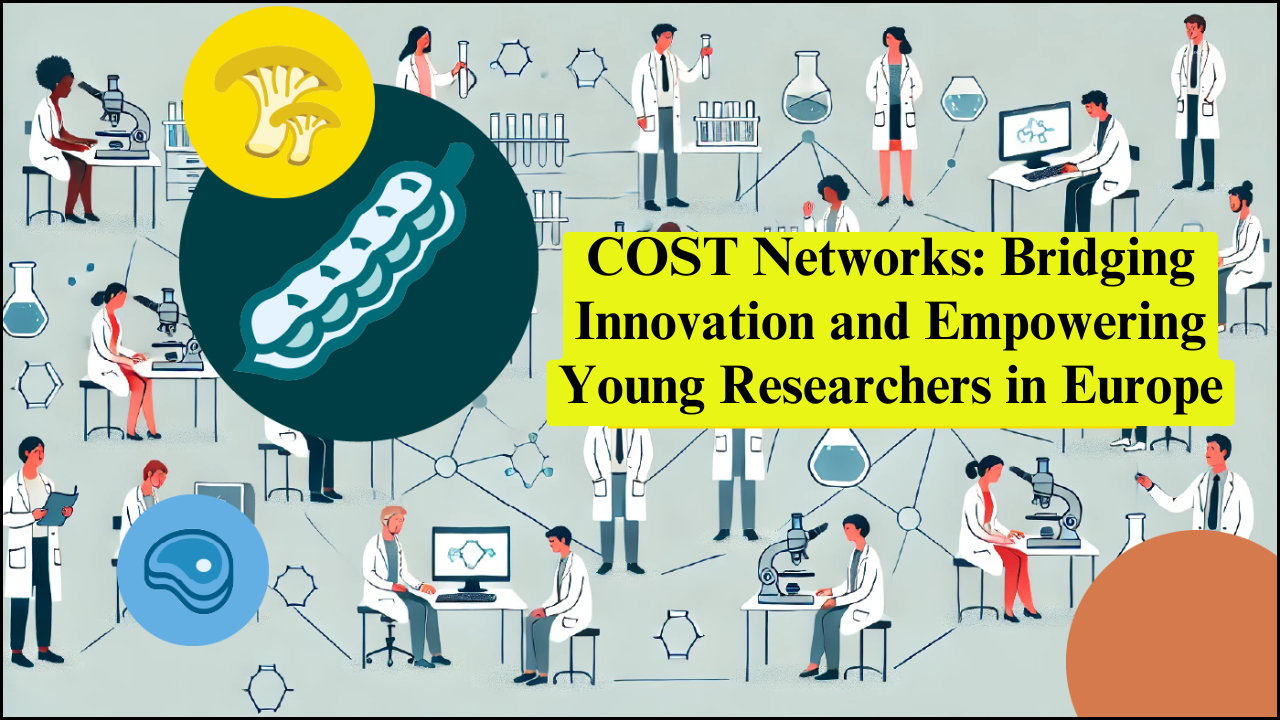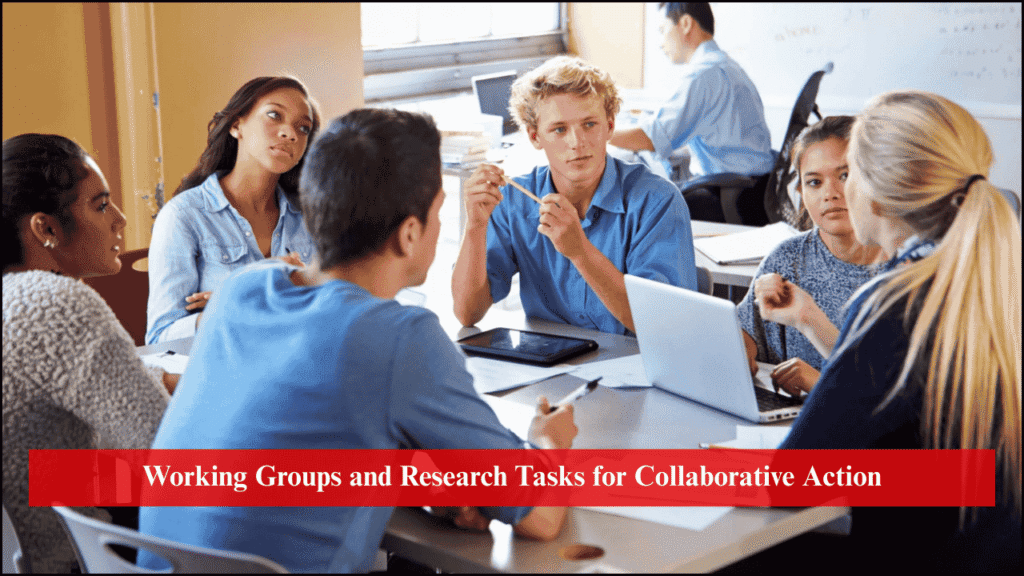
Research development in complex fields demands structured collaboration. Working Groups (WGs) offer an efficient approach where responsibilities are divided yet remain interconnected to ensure coherent outcomes. Autonomy in task execution and consistent interaction between experts, end-users, and practitioners enable the generation of impactful solutions. The following content explores the five WGs and their associated tasks, highlighting objectives, methods, and expected outputs.
Table of Contents
Structure of Working Groups
- Five WGs will carry out the research tasks.
- Autonomy and collaboration will define their functioning.
- Final outputs will be created from the collective contributions of all WGs.
- Interaction with end-users will remain central to ensure solutions address real challenges.
Task 1: Formalization of the Problems
- Framework Creation
- The Memorandum of Understanding (MoU) serves as the starting point.
- Initial discussions shape the direction of the Action.
- Input from new participants broadens perspectives.
- Priority Definition
- Lines of work will align with practical demands.
- Experts and end-users will cooperate to ensure relevance.
- Engagement Strategies
- Forums and face-to-face meetings will expand the vision.
- Collaborative sessions help analyze shortcomings of current methods.
- Expected Impact
- Clear identification of essential problems.
- Stronger foundation for subsequent tasks.
Task 2: Data Management
- Dataset Collection
- Data will be gathered early to ensure timely availability.
- Sources will reflect real-world requirements.
- Storage and Access
- Open-source data platforms like CKAN will be used.
- Accessibility for all Action members will be guaranteed.
- Continuous Updates
- Datasets will evolve with the project.
- Updated repositories ensure consistent progress.
- Practical Value
- Tailored datasets address specific problems.
- Data infrastructure promotes transparency and collaboration.
Task 3: Models and Methods – Development of Efficient Solutions
- Problem Identification
- Focus on computationally intensive challenges.
- Examples: clustering, decision trees, feature selection.
- Efficiency Goals
- Emphasis on fast and stable recursive estimation strategies.
- Prioritization of robustness and accuracy.
- High-Performance Computing (HPC) Integration
- HPC resources will manage otherwise intractable tasks.
- Enables exploration beyond traditional sequential strategies.
- Anticipated Results
- Breakthrough methods in robust clustering and multiple testing.
- Enhanced reliability in large-scale data analysis.
Task 4: Resampling-Based Inference – Development of Efficient Solutions
- Limitations of Traditional Models
- Rigid distributional assumptions often hinder optimality.
- Resampling helps overcome these restrictions.
- Method Development
- Exploration of flexible and consistent techniques.
- Improvement of computational efficiency using HPC.
- Advantages
- Broader applicability across diverse datasets.
- Reliable inference where standard models fail.
- Outcome
- Powerful statistical approaches integrated into the final tools.
Task 5: Implementation of the Algorithms
- Software Development
- Algorithms converted into user-friendly software.
- Open-source standards are followed for transparency.
- Features
- Graphical tools to enhance usability.
- Detailed documentation to support end-users.
- Network Standards
- Implementation aligned with agreed network protocols.
- Ensures uniformity across WGs.
- Expected Deliverables
- Accessible packages ready for deployment.
- Strong technical support for practitioners.
Task 6: Applications and Benchmarking
- Testing Phase
- Algorithms validated using stored datasets.
- Feedback from practitioners fine-tunes methods.
- Best Practice Guides
- Manuals assist end-users beyond the Action.
- Guides provide step-by-step usage instructions.
- Policy Support
- Outputs inform data-based policy decisions.
- Example: identifying environmental risk zones.
- Final Product
- Advanced data-analysis tools tailored for stakeholders.
- Tools are ready-to-use, practical, and impactful.
Summary of Research Tasks
| Task Number | Focus Area | Key Activities | Expected Outcomes |
|---|---|---|---|
| Task 1 | Formalization of Problems | Define priorities, organize forums, and analyze shortcomings | Clear identification of essential issues |
| Task 2 | Data Management | Collect datasets, use CKAN, update repositories | Accessible and evolving data infrastructure |
| Task 3 | Models and Methods | Robust clustering, decision trees, HPC integration | Efficient solutions for computationally intensive problems |
| Task 4 | Resampling-Based Inference | Develop flexible methods, enhance with HPC | Reliable alternatives to rigid traditional models |
| Task 5 | Implementation of Algorithms | Create software, provide documentation, and ensure open-source standards | End-user-friendly packages with graphical tools |
| Task 6 | Applications and Benchmarking | Validate with datasets, create best practice guides, and support data-driven policies | Advanced data-analysis tools ready for practical stakeholder use |
Collaborative Nature of Working Groups
- Autonomy with Integration
- Each WG develops independent outputs.
- Results are integrated to form a unified framework.
- Interaction Mechanisms
- Regular forums, meetings, and direct end-user engagement.
- Cross-pollination of expertise across domains.
- Outcome of Collaboration
- Broader vision for the Action.
- Higher impact due to shared knowledge.
Practical Importance of the Action
- For Researchers
- Access to well-structured datasets.
- Opportunity to test innovative methods.
- For End-Users
- Availability of software tools for problem-solving.
- Tailored solutions addressing specific challenges.
- For Policymakers
- Evidence-based insights for decision-making.
- Reliable support for tackling environmental and social issues.
Summing Up
Collaborative research carried out through well-defined Working Groups ensures balanced progress from problem identification to real-world application. Each task contributes uniquely—beginning with formalization, moving through data management, model development, inference, and implementation, and culminating in benchmarking and application. The final output delivers not only advanced methods but also accessible tools, thereby creating lasting value for researchers, practitioners, and policymakers alike.


